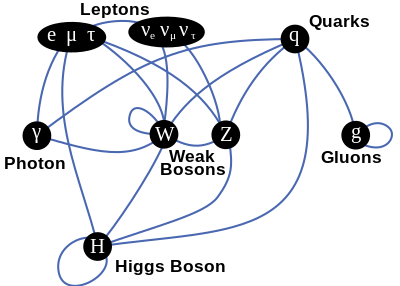user54412
user54412
user54412
user54412
user54412
user54412
user54412
user54412
user54412
user54412
user54412
user54412
user54412
user54412
user54412
user54412
user54412
user54412
user35386
user35386
user35386
user35386
user35386
Anonymous
Anonymous
Anonymous
Anonymous


